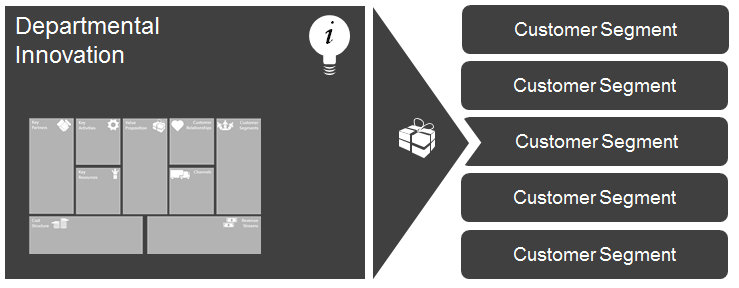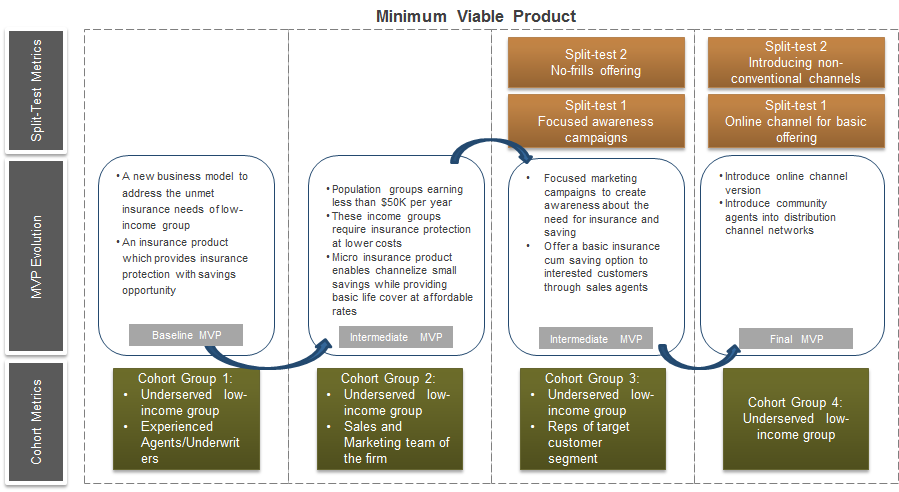One of the concerns we have heard time and time again when discussing innovation with established companies is the resistance to change from other areas of the business. Sure, the department or business unit would love to try something different, but they are convinced that doing anything too dramatic would inevitably be crushed by some other power in the same company.
This challenge is hardly anything new, and has been a major change management concern for decades. However, when it come to business model innovation, there is a clever way to contain the magnitude of outward-facing change, while at the same time allowing for substantial change “behind the curtain.”
Departmental innovation usually takes the following form:
- Provide something new (the “what” – usually a new offering or service)
- Deliver the offering or service in a new, innovative way (the “how” – ideally with an optimized business model)
It is critical to recognize that BOTH are equally important to ensure full value delivery to the customer / constituent group, and that both will likely need to evolve as validated learning happens. That said, of the two forms, the department has most control over its own business model, with limited external stakeholder interference. So how then can a department contain the amount of change associated with the offering itself?
Simply put, don’t try wide-scale rollout all at once. Instead, leverage the “wedge” principles – find a needy segment with truly underserved opportunity and one that would likely sing your praises should you succeed (see “The Wedge” post here for more details). Let a small success story be your momentum builder, while keeping the amount of stakeholder management very focused on just that initial segment… there is no need to convince everyone across the enterprise all at once that your new innovation is worthwhile. Then, let your first few successes be the mechanism through which you turn the tide of enterprise thinking.
Bottom line, departments within a large structure DO actually have the ability to innovate, and innovate substantially. But, do it smartly, where the biggest change happens behind the scenes. The “external” footprint starts small and only expands with success as its driver.




